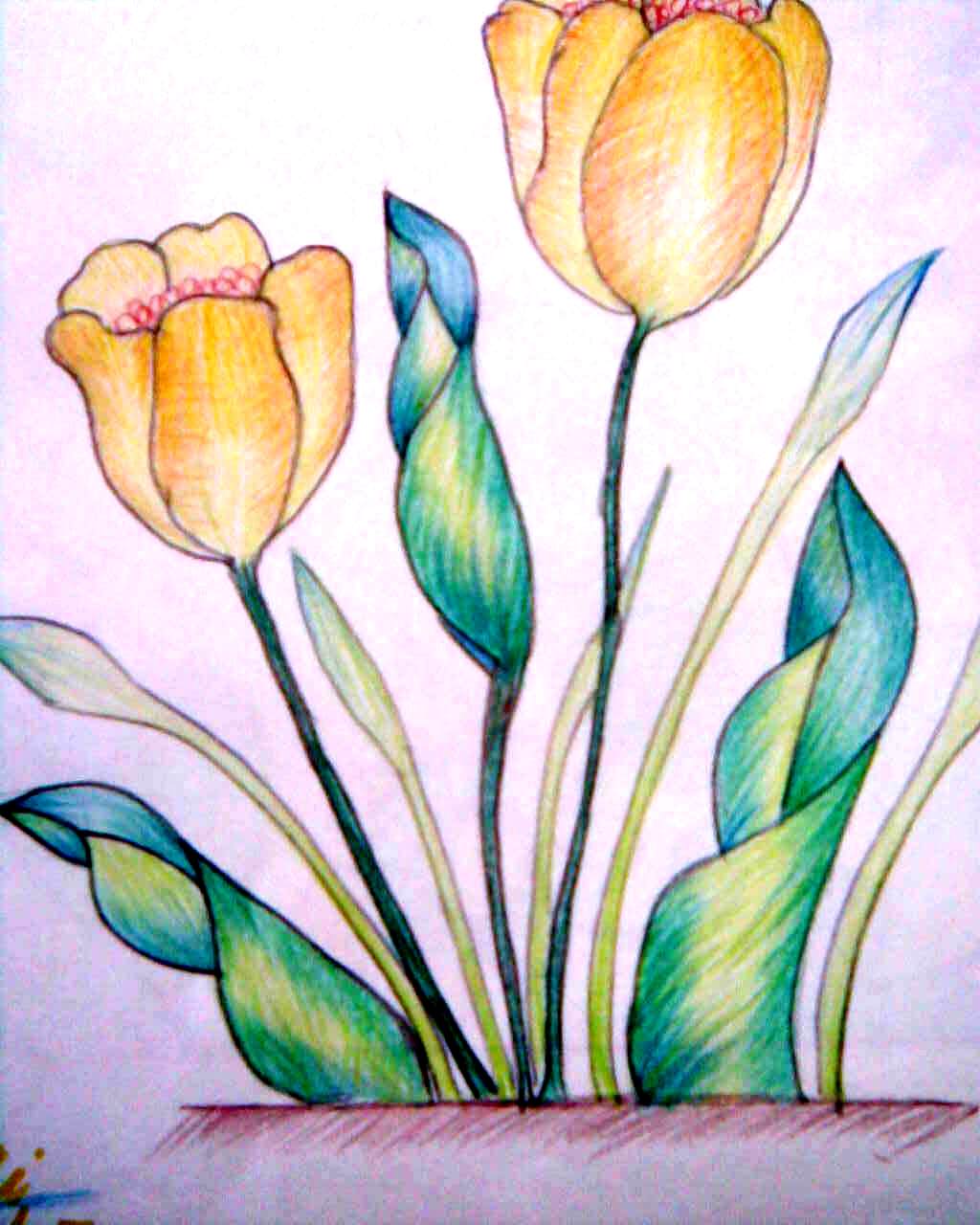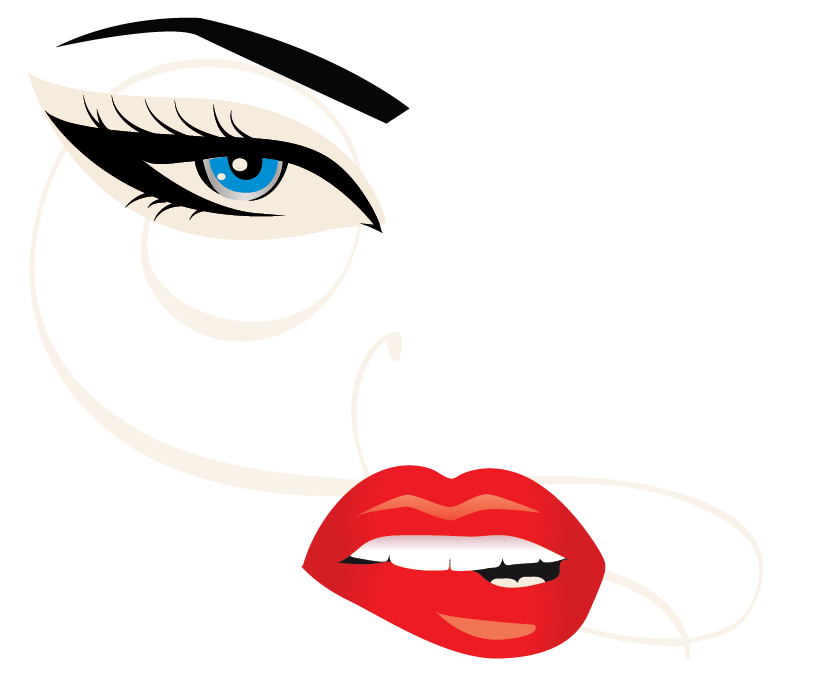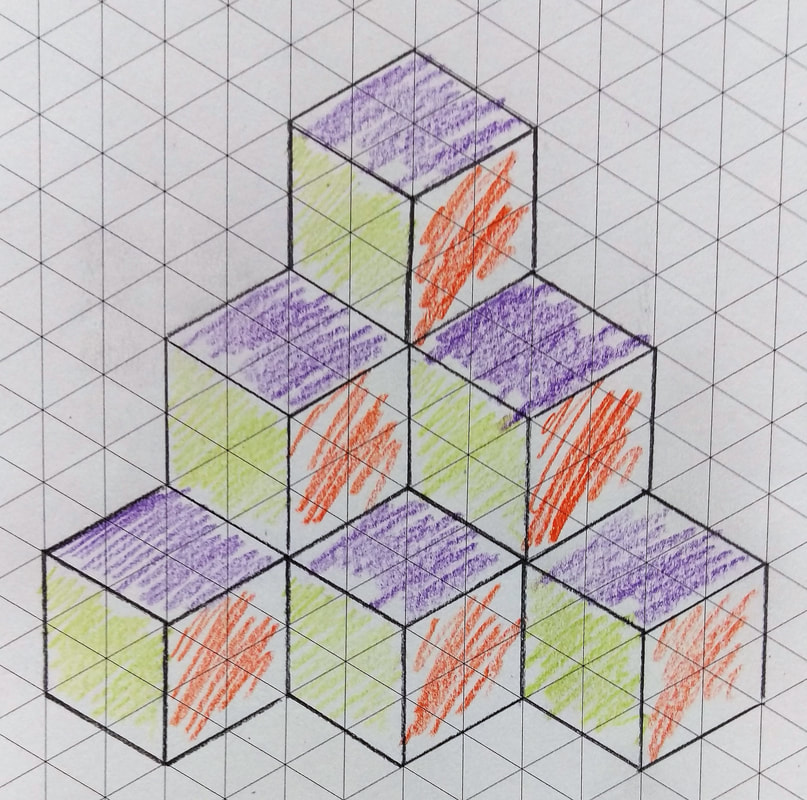Basic colored pencil shading
Table of Contents
Table of Contents
Are you an artist looking to learn more about how to shade a drawing with colored pencil? Shading can be a challenging task for artists of all levels, but with the right techniques and some practice, it can be mastered. In this blog post, we’ll explore different shading techniques and tips to help you improve your colored pencil drawings.
The Challenges of Shading with Colored Pencils
Shading with colored pencils presents its own set of unique challenges. One of the most significant pain points is getting smooth and even color without leaving visible pencil strokes. Additionally, beginners may struggle with choosing the right colors and knowing how to blend them properly. Shading can also be time-consuming, requiring a lot of patience and practice to get it right.
How to Shade a Drawing with Colored Pencil
The first step in shading a drawing with colored pencil is choosing the right pencils. You will need a range of colors that you can blend together, as well as a white pencil for highlights. Begin by lightly sketching out your design with a regular pencil, lightly shading where you want the shadows to be. Once you have the basic outline, start adding the base layer of color, pressing lightly on the pencil to create a light layer of pigment.
From here, you can start adding more layers of color, building up the depth and darkness of the shadows. Use a light hand and blend the colors together by overlapping them and using a circular motion. Be patient and take your time to make sure the shading looks smooth and even. Finally, add highlights with the white pencil, making sure to leave some areas unshaded for contrast.
Summary of Shading with Colored Pencil Techniques
Shading with colored pencil can be challenging but rewarding. Choose the right pencils, sketch lightly, add layers of color, blend with a light hand, and add highlights with a white pencil. With patience and practice, you can create beautiful, lifelike shading in your colored pencil drawings.
The Importance of Pressure and Layering
One of the most important techniques in shading with colored pencil is controlling the pressure and layering of the pencil strokes. Heavy pressure can cause the pigment to break, leaving visible pencil strokes, while too light pressure can result in a lack of color intensity. It’s essential to find the right balance for your drawing and use a light hand to build up the shading gradually. Layering is also crucial to achieve smooth and even shading. By overlapping the pencil strokes, you can blend the colors together and create a soft gradient.
Choosing the Right Colors
Another important aspect of shading with colored pencil is selecting the right colors. A common mistake is using too many colors or not choosing the right ones to blend together. Start with a basic color palette and experiment with blending to see what works best for your drawing. For example, using complementary colors can create a vibrant shadow, while using analogous colors can create a more natural-looking shadow.
Blending with Solvents or Burnishing
If you have difficulty achieving smooth shading with layered pencil strokes, you can try blending with solvents or burnishing. Solvents like mineral spirits, rubbing alcohol, or odorless turpentine can blend the colors together and create a polished, smooth finish. Burnishing involves using a colorless blender pencil or a cloth to press down and smooth out the pencil strokes. Both techniques require practice and caution, as they can alter the colors and textures of the drawing.
Experimenting with Texture and Paper Type
Finally, consider experimenting with different textures and paper types to enhance your shading. Choosing the right paper can make a big difference in the final look of your drawing. Toothier paper with more texture can hold more pencil pigment and create a rougher, more natural look. Smooth paper can create a polished, sleek appearance. Experiment with different types and textures to see what works best for your desired effect.
Question and Answer
Q: Can I shade with colored pencils on dark paper?
A: Yes, it is possible to shade with colored pencils on dark paper. However, you’ll need to use lighter colors and possibly white colored pencils to add highlights. Some artists prefer using white charcoal or pastel pencils on dark paper to achieve a more dramatic effect.
Q: How do I prevent my colored pencils from breaking while shading?
A: Colored pencils can break easily, but you can prevent this by using a sharpener specifically designed for colored pencils. You can also use a lighter hand and avoid applying too much pressure while shading.
Q: Can I erase colored pencil shading?
A: Yes, you can erase colored pencil shading, but it’s important to use a gentle eraser and work carefully to avoid damaging the paper. It’s also essential to avoid pressing too hard with the colored pencils to prevent leaving permanent marks.
Q: How do I make sure my shading looks natural?
A: To make your shading look natural, try to replicate the lighting conditions in your drawing. Observe how light hits objects and create shadows accordingly. Experiment with different color and texture combinations to achieve a lifelike look.
Conclusion of How to Shade a Drawing with Colored Pencil
Shading with colored pencils can be a challenging but rewarding experience for artists of all levels. By choosing the right colors, controlling pressure and layering, experimenting with texture and paper, and using techniques like blending and burnishing, you can achieve lifelike shading in your drawings. With practice and patience, you can master the art of colored pencil shading and take your drawings to the next level.
Gallery
Pin On Rose’s Drawing Corner

Photo Credit by: bing.com / drawing techniques shade drawings round shading draw pencil use easy things learn portrait shades objects shape different make contour sketches
Boundless24X7 - Paintings And Drawings: Colour Pencil Shading

Photo Credit by: bing.com / shading pencil drawings colour paintings aditi color posted am
How To Shade A Drawing | Filipino Artists - Visual Arts Around The World.

Photo Credit by: bing.com / drawing shading shade light figure drawings draw proko pencil shades life techniques learn artists painting step models steve lessons huston
Basic Colored Pencil Shading | Colour Pencil Shading, Colored Pencils

Photo Credit by: bing.com / colored pencil pencils creativity techniques lines things shading creative basic drawing colour drawings thoughtco colouring coloring shade sketch rows learn
Pin By Archana Joshi On Draw | Colour Pencil Shading, Color Pencil Art

Photo Credit by: bing.com / shading





